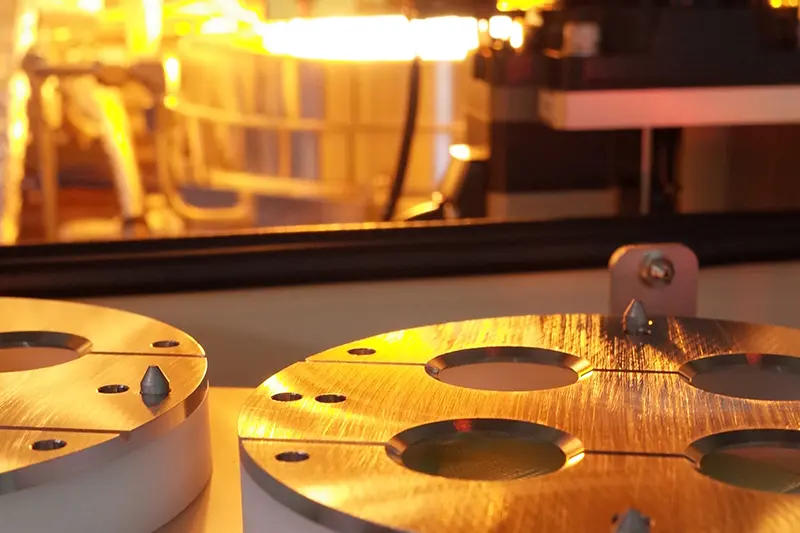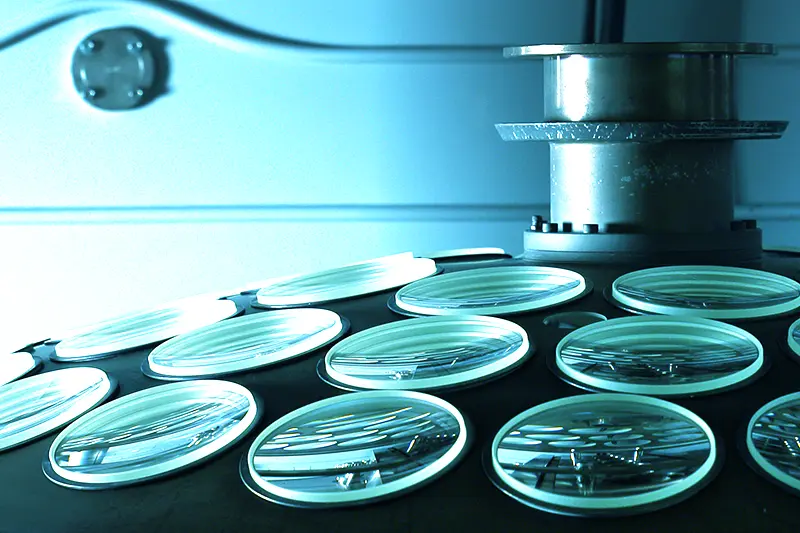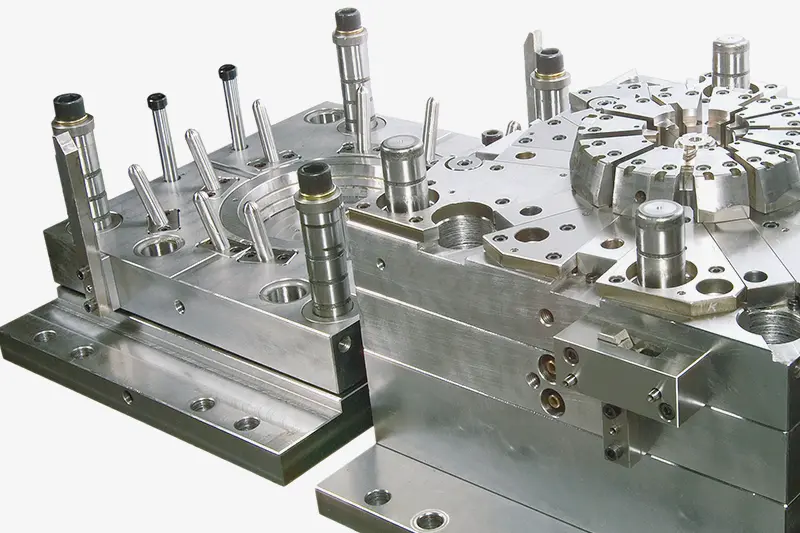Opto-Science R&D
“Solve current and future social issues with optical technology”. TAMRON set the goal to conduct new research and development especially focusing on social issues in medical, agriculture, mobility and security industries. TAMRON has developed in a wide range of fields such as a new optical element, measurement equipment and photographing apparatus.
Creating a new technology through TAMRON’s own various research activities, wide-ranging collaborations, and co-creation with other companies and research institutions in other various fields, TAMRON engages in research and development to contribute to social problem-solving.
-
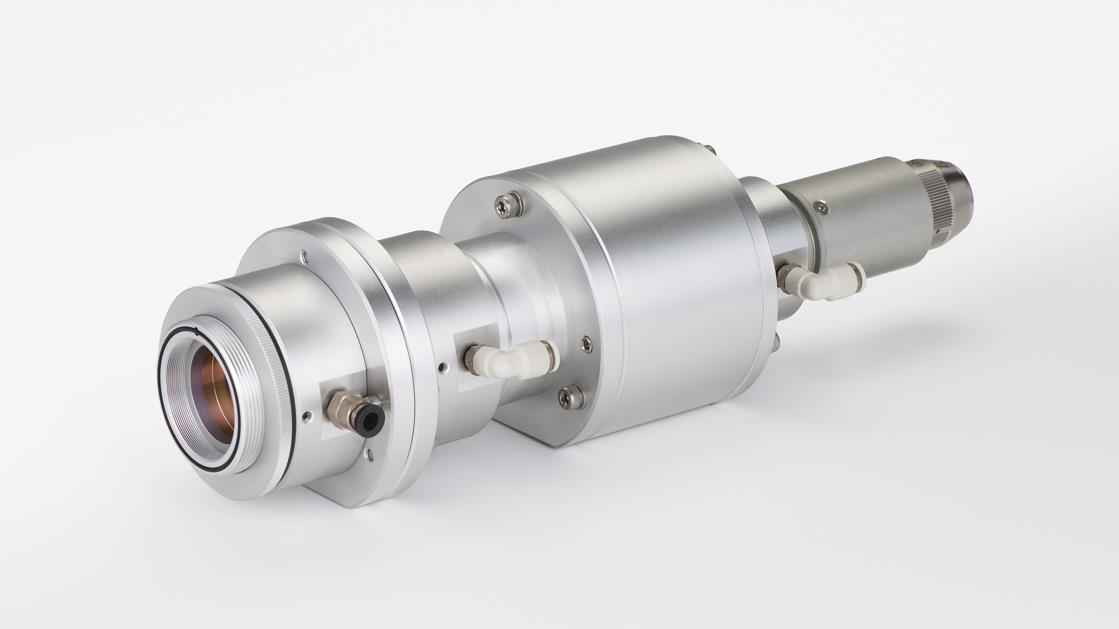
Optical Technology for High-Power Laser
Transmission & processing technology development for laser
-
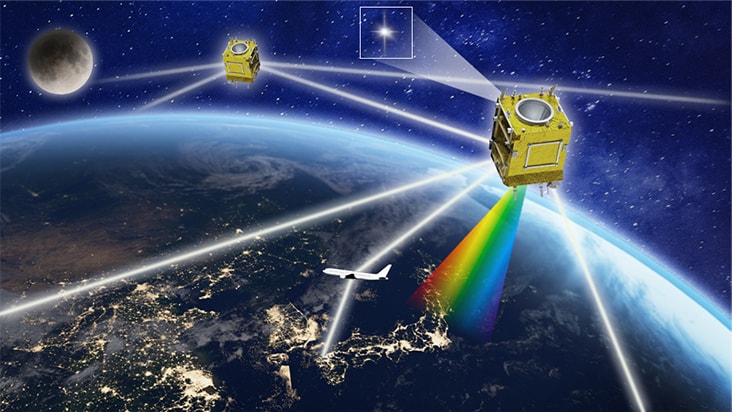
Development of optics for satellite implementation
Optics for free space optical communicationHigh-precision beam control technology
-
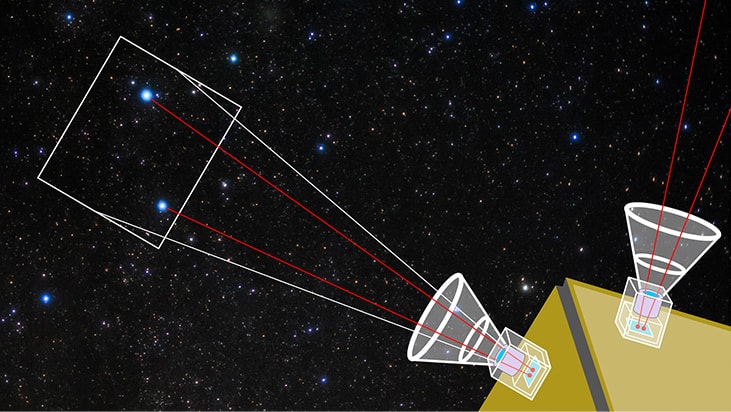
Development of optics for satellite implementation
Optical technology for star trackersDesign technology for straylight shield and radiation resistance
-
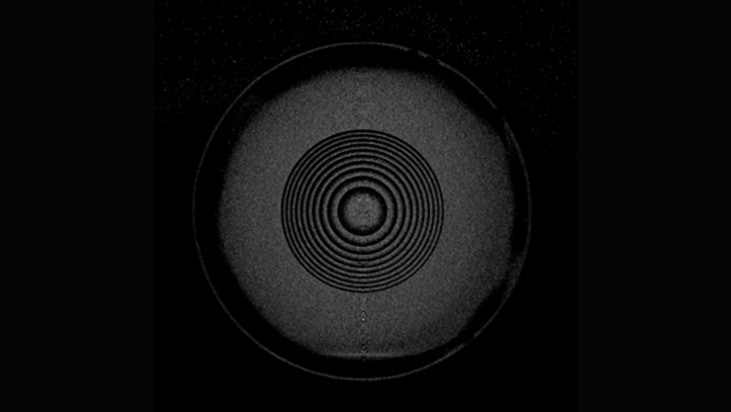
Infrared camera technology with Fresnel lens
Hybrid Fresnel lens (Design and Manufacturing) x Image correction technology
-
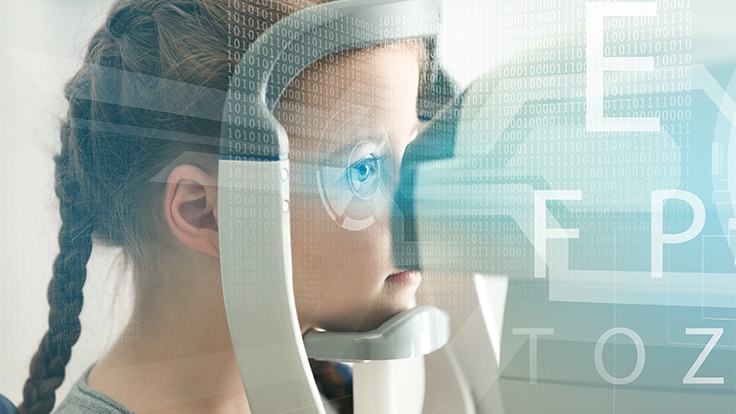
Hyper-wide-angle fundus camera allowing wide field fundus photography
Joint development with Nara Institute of Science and Technology
TAMRON LABS
-
 Opto-Science R&D
Opto-Science R&DOptical Technology for High-Power Laser
Transmission & processing technology development for laser
-
 Opto-Science R&D
Opto-Science R&DDevelopment of optics for satellite implementation
Optics for free space optical communicationHigh-precision beam control technology
-
 Opto-Science R&D
Opto-Science R&DDevelopment of optics for satellite implementation
Optical technology for star trackersDesign technology for straylight shield and radiation resistance


